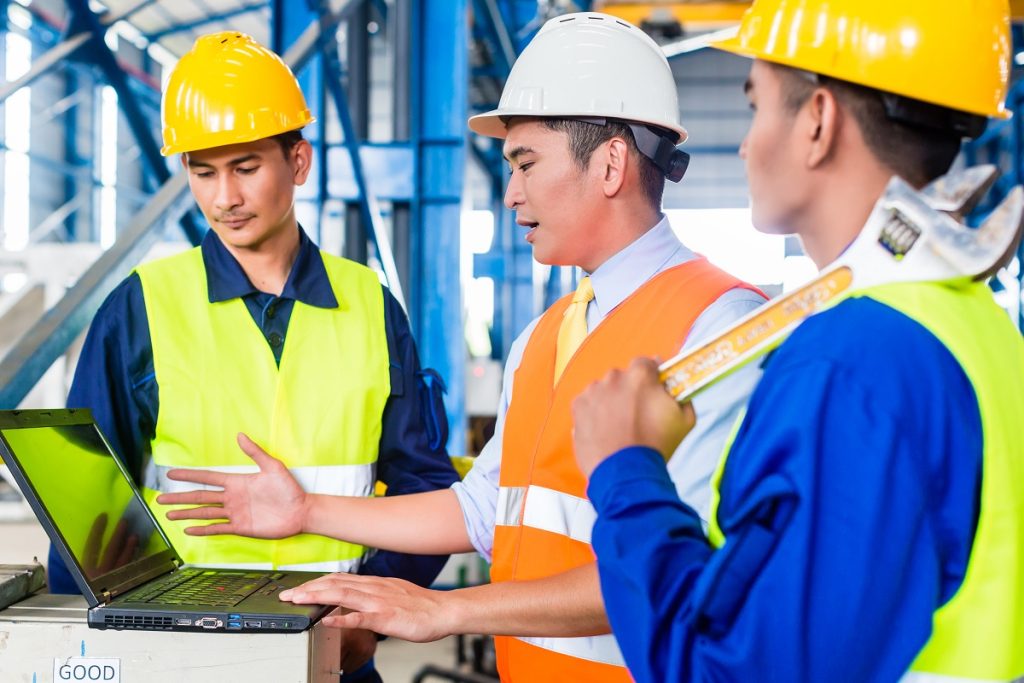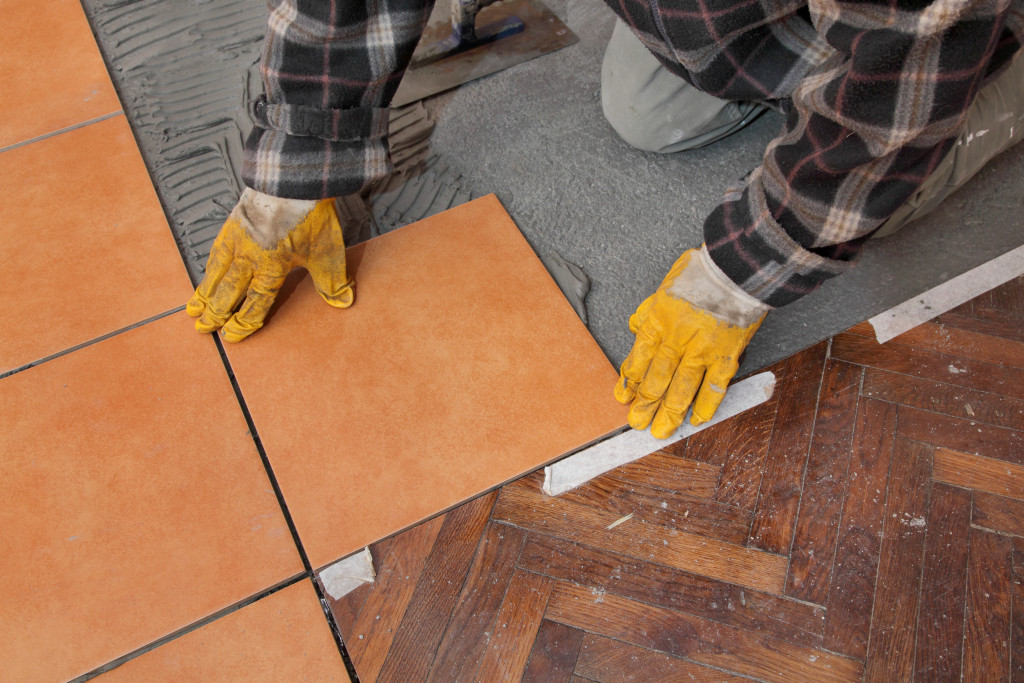- Technology can help track employees, survey worksites, secure construction sites, and track equipment.
- Building Information Modelling (BIM), Virtual Design and Construction (VDC), and Augmented Reality (AR) technologies can reduce errors, improve collaboration, and increase efficiency.
- Data analytics allow managers to access real-time information on materials used, equipment efficiency, site safety, and labor productivity.
- Business leaders should invest in an IT infrastructure and partner with technology providers to leverage the latest advancements.
Technological advancements have greatly impacted the construction industry, and most companies embracing this change have experienced significant growth and higher profitability. Technology has helped streamline projects, improve safety, increase productivity, and ultimately reduce downtime. Here’s how it is revolutionizing the construction industry and some tips to help business leaders leverage these technologies.
Security & Tracking
Construction sites often have multiple workers and subcontractors operating in a single space. Tracking employees can prevent hazardous activities, such as unauthorized personnel entering the site or equipment being left unattended. Technology can help track employee whereabouts and monitor potential safety risks. Here are some examples:
Drones
Drones are considered one of the latest and greatest innovations in the construction industry. They can be used for a range of purposes, such as surveying, mapping, and inspecting worksites.
Drones can also capture high-quality images and videos that can be useful for project reports, updates, and tracking. Additionally, drones can reduce human error and save valuable time, especially in large construction projects.
Access Control Systems
Access control systems provide a valuable way to secure construction sites. By using biometric readers and other technologies, access control systems can help control who has access to secure areas and keep out unauthorized personnel. You can also integrate access control with other technologies, such as time and attendance systems.
GPS Trackers for Equipment
GPS trackers are highly effective for tracking large construction equipment. GPS technology uses satellite data to precisely locate and track heavy machinery from any location. Efficient GPS tracking devices for heavy equipment help you keep track of their exact location at any given time and can be useful in case of theft or misuse.
Design & Planning Technologies
There are a variety of technologies now available to help construct buildings faster and more efficiently. These tools can significantly reduce the time required for design, planning, and analysis. Here are some commonly used ones nowadays:
Building Information Modelling (BIM)
BIM is a powerful technology that helps designers, architects, and construction professionals create digital building models. This technology offers a range of benefits, such as reducing errors, improving collaboration, and improving efficiency.
BIM allows for better visualization, coordination, and design. One of the significant advantages of BIM is that it allows contractors to simulate construction activities and identify any potential problems before construction starts. By doing so, companies can avoid encountering costly mistakes and construction delays.
Virtual Design and Construction (VDC)
VDC is a technology that allows construction professionals to create detailed virtual models of structures and buildings. VDC technology helps construction managers to align, understand and execute their projects better.
With VDC, project stakeholders can evaluate multiple designs and choose the best options before construction starts. The technology is also beneficial when it comes to project cost estimation and project viability. VDC helps reduce errors and omissions and enables construction professionals to manage risks better.
Augmented Reality (AR)
AR technology provides construction professionals with a new dimension to their designs and projects. It allows users to see digital images overlaid onto the construction site, enabling them to see all their design elements in real-world scenarios to identify potential problems before construction starts. AR can help improve safety, accuracy, and efficiency on construction sites.
Data Analytics
Finally, data analytics has become a game-changer in the construction industry. It gives companies real-time information on materials used, equipment efficiency, site safety, and labor productivity.
This technology can help construction professionals to identify trends and patterns in real-time, which can help them optimize their workflow, improve site safety, and maximize the productivity of their workforce.
In some cases, data analytics can also help construction professionals to predict potential issues before they arise, allowing them to take proactive action and improve their performance.
In this era of rapid technological advancement, it’s vital for construction companies to stay on top of the latest innovations. By using technologies such as drones, BIM, VDC, AR, and data analytics, businesses can improve the efficiency and effectiveness of their construction projects. With these new emerging technologies, construction professionals can meet the challenges of managing construction projects and deliver high-quality results while reducing costs and time spent. Business leaders looking to leverage technology to accelerate their construction business should begin by investing in robust IT infrastructure, retraining workers to equip them with the necessary skills, and partnering with technology providers who can help them achieve their goals.



